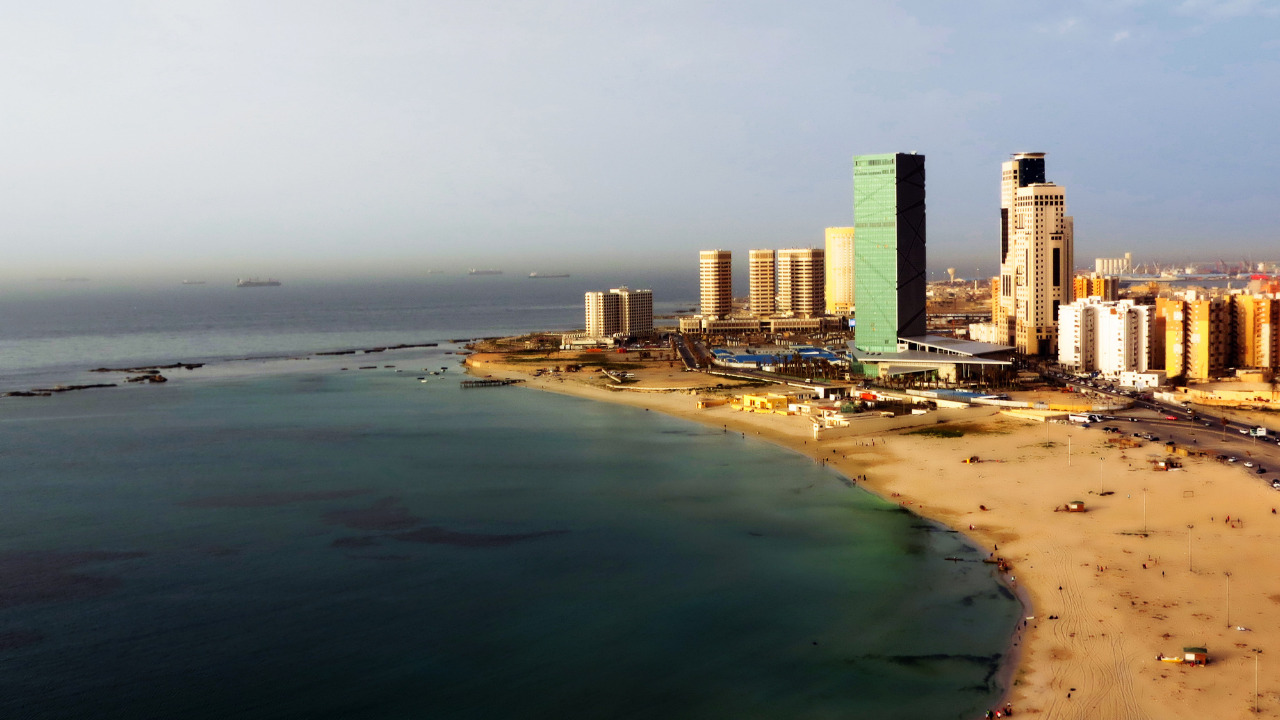Date first published: 12/05/2022
Key sectors: oil and gas
Key risks: economic risks; business risks; civil unrest
Risk development
On 10 May the Tobruk-based administration of Fathi Bashagha suggested that the country’s oil fields, many of which were closed due to blockades by armed militias and demonstrators, may resume operations following negotiations with militias to lift the siege. On the same day, however, the rival Tripoli-based Government of National Unity (GNU) claimed that negotiations were ongoing and that they were facing ‘difficulties’ in reaching an agreement to reopen oil facilities.
Why it matters
The state-run National Oil Company (NOC) registered 819,000 bpd in oil exports for April, down 16.3 per cent from 979,000 bpd in March. The fall has been driven by a deterioration in the country’s political environment with a concomitant increase in blockades, demonstrations and armed clashes in and around critical energy infrastructure. According to the GNU’s Oil Minister, Mohamed Oun, closures have translated into around US$50m to 60m daily losses in revenue. The disruption comes at a time in which oil prices have surged above US$100 per barrel in the wake of Russia’s invasion of Ukraine in February. This means that Libya is failing to realise the windfall rents from high oil prices, with closures withholding millions in potential oil revenue.
Background
Libya is an important producer of high-quality, low-sulphur oil and gas, well placed to take advantage of European markets. With the commercial discovery of oil, the Libyan state became dependent on hydrocarbon revenues, which represent 95 per cent of export revenues and 60 per cent of national GDP. The country has six main oil basins, of which east-central Sirte is the most productive, containing around 43.1bln barrels – equivalent to 89 per cent of the country’s total reserves and accounting for about 66 per cent of national output. The Murzuq basin, located around 800km south of the capital Tripoli, produces an additional quarter of the country’s oil output, largely from El Sharara, the country’s largest oil field, as well as the giant El Feel oil field. The oil sector presents an important source of stability, as maintaining high oil production levels allows the governments to provide better security and pay salaries without depleting national reserves.
Oil produced in el-Sharara and el-Feel is dependent on pipelines to carry oil northward to the Mediterranean coast. However, these facilities pass through territories controlled by Zinani militants, aligned with the Tobruk-based House of Representatives (HoR). On 6 March el-Sharara was closed, along with el Feel, by a Zinanti armed group, causing daily oil output to drop by 330,000 bpd. Between 17 and 18 April el-Sharara and el-Feel were once again closed, in addition to Sirte’s Zuweituna terminal, by tribal leaders who demanded that Tripoli-based GNU Prime Minister Abdulhamid Dbeibah dissolve his government and transfer power to the parallel Toburk-basedl administration led by Fathi Bashagha. Disruptions escalated on 22 April at al-Zawiya following clashes between a local Zawiya militia and forces loyal to Prime Minister Dbeibah.
Risk outlook
The country’s rival armed groups do not have an interest in damaging oil production, as this would undermine both administrations, both of which rely on oil revenues to pay for salaries and public services. However, closures will remain an effective short-term tool to exert pressure on both governments. These dynamics are likely to continue for as long as the rift over political authority remains unresolved. This disruption will constrain output but will not permanently damage prospects for the country’s oil and gas sector.



